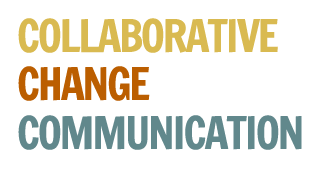(Written by Dr. Cleofe S. Torres)So how does C4D as practiced in Europe look like? Dr. Sarah Cardey, associate professor and Director of the Graduate Institute for International Development, Agriculture and Economics at University of Reading in UK, gave an interesting talk on the topic. Cardey tackled the question by focusing on four areas of discussion: EU and its rural development policy, cases of ICTs in rural development, issues, and the missing links given the ICTs and C4D efforts in the region.
She noted that while UK is exceptionally urbanized, there is considerable size of areas in certain parts of Europe where rural disadvantage exists: 39% in Finland, 41% in Greece, and 46% in Romania. Here, social and economic exclusion of population ranks high. This is manifested by decline in rural employment, ageing population, decreasing rural services, and poor public transport among others. Services like post office, bank branches and shops are closing. To address the needs of these areas, rural development initiatives are being funded by the European Commission.
Rural development efforts are being pursued along four major policy themes of competitive agriculture, environmental protection, quality of life, and building up of local capacity and governance. Areas of investment point to ICTs as key element of all rural development projects. And this is meant to stop rural areas from falling behind the urban areas as well as to overcome the causes of their being disadvantaged.
ICTs as key intervention in Europe’s rural development has been argued to help address sustainability in three development areas: economic, social, and environmental. In terms of economic sustainability, ICTs can increase business efficiency and reduce costs; expand business contacts and customer base; and support innovation through access to information and exchange of ideas. For social sustainability, ICTs can reduce isolation by helping people keep in contact; enhance quality of life; and improve access to services like health, continuing education. For environmental sustainability, ICTs can “sell” the environment through e-commerce for tourism; and improve access to information about regulations.
To elaborate on the topics discussed, Dr. Cardey cited several cases where application of ICTs successfully facilitated the otherwise slow process of rural development. These are in lifelong learning for rural small and medium enterprises, adult education, e-services for organic agriculture, and the Bio@gro project.
The working out of C4D and ICTs in rural development in Europe are not without its share of problems. Among them are the changing nature of extension and the need to focus on innovation systems, as well as the ethos and language of C4D which seemingly are getting lost in translation.
Dr. Cardey, a partner under the Global Research Initiative for Rural Communication with FAO, was invited last February 14, 2018 by the College of Development Communication in UP Los Baños to deliver a talk on the topic. It was attended by undergraduate and graduate students, faculty, and research staff of the college. At the time of visit, Dr. Cardey formed part of the EU delegation collaborating with the university on a dual PhD program.
